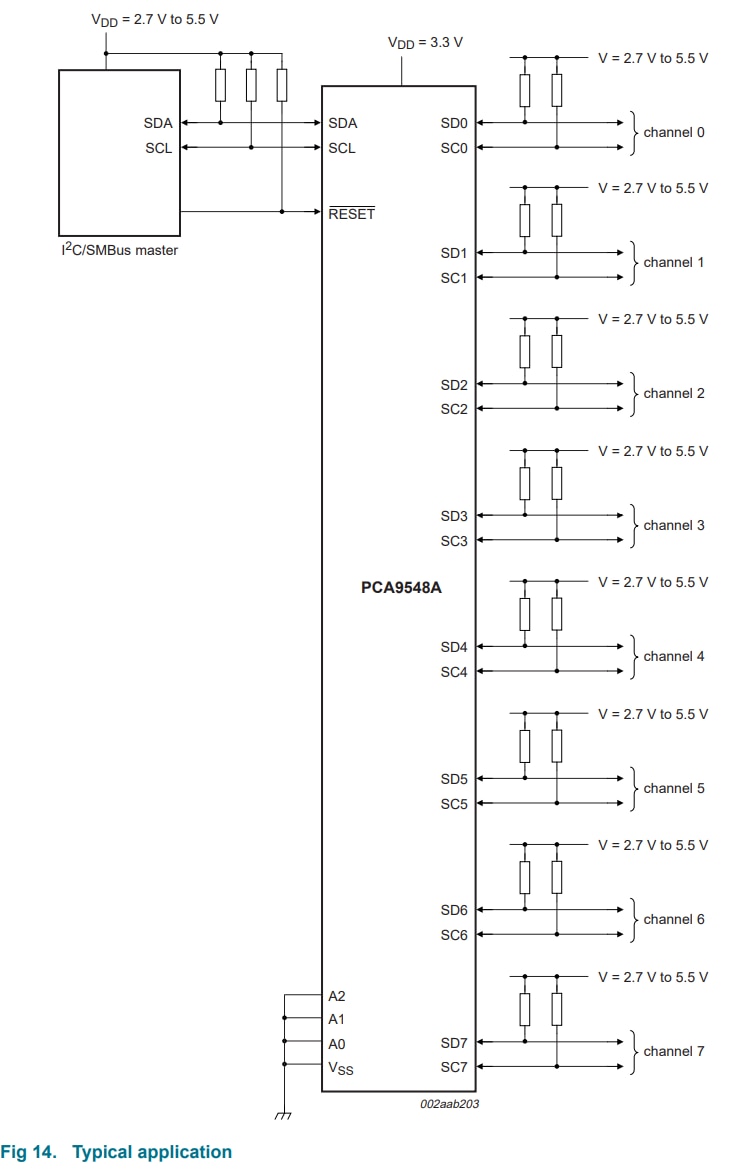I just bought AHT10 humidity and temperature sensor. I have seen that it supports I2C and it is cheap so I didn't think thoroughly and bought two. I wanted to try them then I encounter a problem that only a single AHT10 can be connected to single I2C bus. I thought it is related to static address but it is worse (breakout board also showing two address but no details in the datasheet). The datasheet says that "Only a single AHT10 can be connected to the I2C bus and no other I2C devices can be connected." It sounds like traditional serial communication like RS232 not I2C.
Is it normal to advertise it as an I2C device? and I also wonder what is the technical issue preventing to connect other devices with different address. Did you have any experience similar to this on any other sensor?


